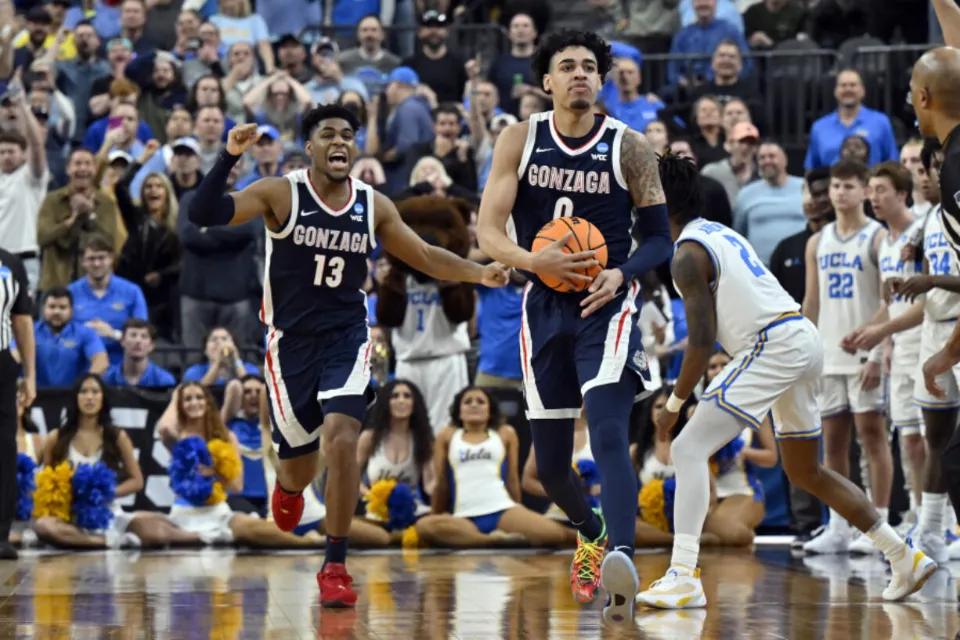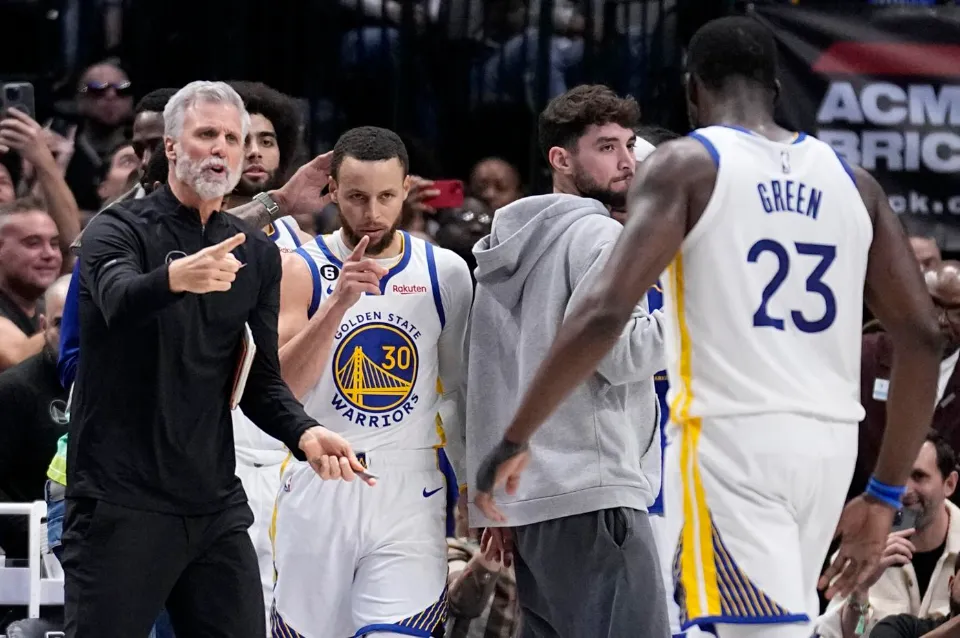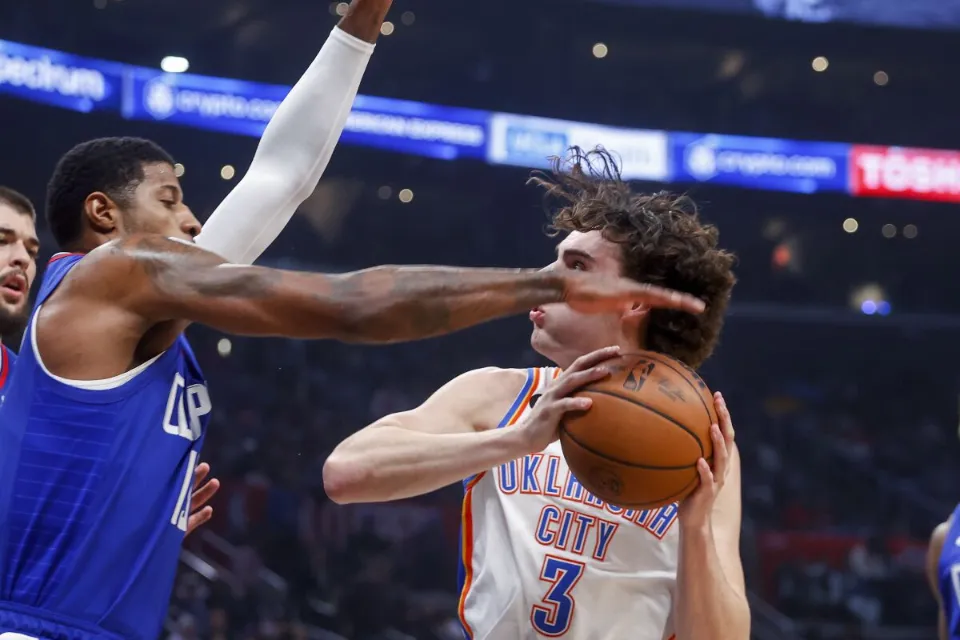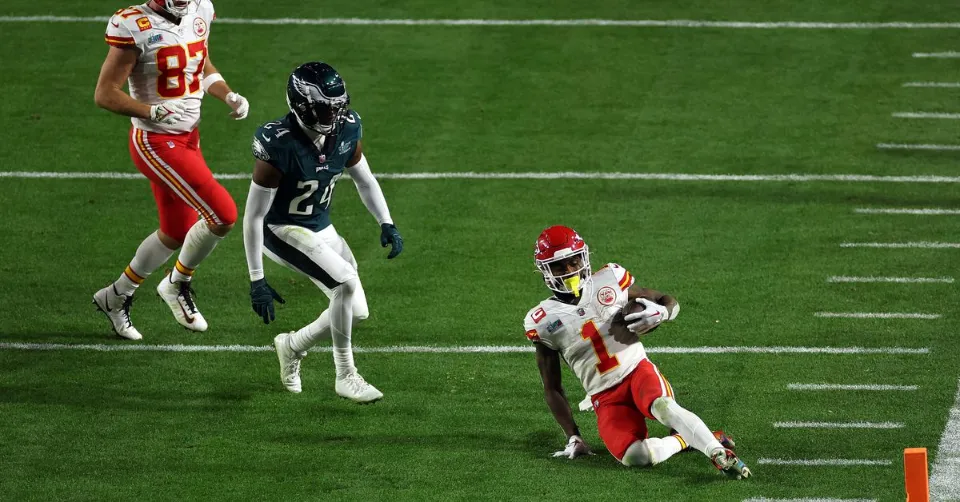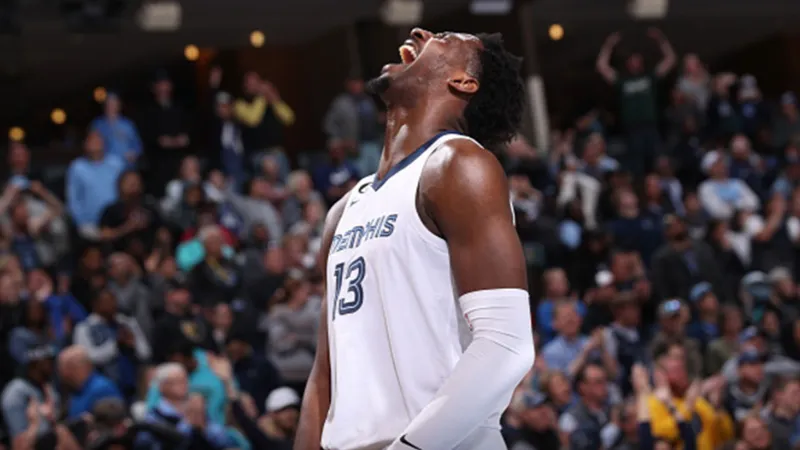With the Blazers, Damian Lillard is Flying Under the Radar and Away from the Field
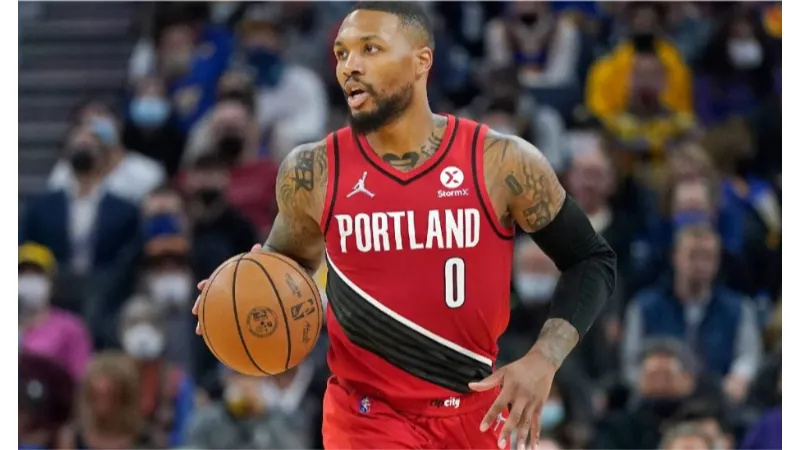
On Thursday afternoon, the initial results of the NBA All-Star voting were announced. There weren’t many surprises among the top of the list for those who have been somewhat closely following the season.
The top vote-getters for each conference’s captaincy are LeBron James and Kevin Durant. For the Western Conference, Kyrie Irving and Donovan Mitchell will likely start in the backcourt alongside Stephen Curry and Luka Doncic. 71 himself, headline the guards in the Eastern Conference.
For each conference, there are four-men-for-three-spot races in the frontcourt. LeBron, Anthony Davis, Nikola Jokic, and Zion Williamson are the top contenders in the West, with Davis being closely followed by Williamson. In the East, there are Joel Embiid, Jayson Tatum, Giannis Antetokounmpo, and Kevin Durant.
There are some odd ones, such as Kevon Looney and Austin Reaves placing in the top 10 vote-getters in their respective position groups over Domantas Sabonis and De’Aaron Fox. Strange, to put it mildly, is the lack of affection displayed for Jalen Brunson, Julius Randle, and Bam Adebayo.
Damian Lillard of the Portland Trail Blazers is quietly making progress, currently holding the seventh-place guard vote in the West.
It’s been easy to push Lillard on the back burner because he hasn’t been MVP-good like Doncic (or healthy Curry), hasn’t had the “wow” factor like Ja Morant or Shai Gilgeous-Alexander (third in West Guard votes). In addition, Dame has missed 12 games and the Blazers are ranked No. 7 in their conference. Those two things might be related; Portland’s record without Lillard is 5-7.
But I believe it’s past time to express gratitude for the season Lillard is having. He hasn’t just performed admirably when healthy; this season, his strategy and usage have contrasted sharply with those of the past.
But let’s start with the fundamentals: a game’s average of 27.4 points (.533/.371/.888 shooting splits), 7.2 assists, and 4.0 rebounds. That’s great and puts him in the exclusive club of Doncic and Morant, who have both averaged 27-4-7 this year. Morant is eliminated from the race by a straightforward efficiency benchmark—let’s say a True Shooting percentage of 60%—leaving only Doncic and Lillard standing.
Regarding this Lillard season, I’d like to assert that it has been his best use thus far.
The 61.5% TS is the third-highest mark of his career, which is a little different from saying that this is the most effective he has ever been. But it’s enjoyable to see Lillard flourish as a scorer now that he doesn’t have to work as hard or up against as many pre-made defenses as he has in the past.
The Blazers’ goal of taking Lillard away from the ball has served as the catalyst in this. According to Second Spectrum, he flys off 17 off-ball screens every game (23.7 per 100 possessions). That represents not just a significant change from the previous season (10.2, 13.7 per 100), but also a diet we haven’t seen from him in five years.
2016-17 season: 19.0 off-ball screens per game (26.1 per 100 possessions)
2017-18 season: 16.5 (22.2)
2018-19 season: 12.9 (17.2)
2019-20 season: 11.0 (14.1)
2020-21 season: 9.3 (12.4)
2021-22 season: 10.2 (13.7 — career-low 29 games played)
2022-23 season: 17.0 (23.7)
Lillard has a long history of underestimating his ability to shoot while moving. His shot preparation is exceptional, and if opponents mishandle a coverage against him, he can quickly balance himself on the catch. If Lillard’s defender is trailing an off-ball action, the following player in the chain—a big or another wing player—better be ready to take away airspace. Lillard can fire before you can blink if you don’t.
Additionally, the offense becomes available for others because Lillard attracts such a large following. There are times when the Blazers start a possession with a Lillard off-ball action just to divert attention from what they really want to accomplish.
Watch Lu Dort’s eyes (No. 5) and This possession belongs to Mike Muscala (No. 31). They are completely unprepared for the flare screen that is set for Anfernee Simons because they are focused on Lillard coming off the Jerami Grant screen and expecting a pick-and-roll from there.
They weren’t paying attention to Lillard for no reason, despite the fact that Dort and Muscala were getting lost in the sauce. Lillard has occasionally used his off-ball moves with the intention of immediately transitioning into a ball-screen. In general, a setup where everyone stays still and doesn’t move is preferable to one where the defense moves before the ball-screen. Lillard can burn you there as well if you aren’t focused.
Consider the current Charlotte Hornets possession as an illustration. It causes so much havoc when Lillard exits an early cross-screen.
It’s also important to note that Lillard’s value off the ball extends beyond simply stepping off screens for himself. In comparison to last season (3.7) and the year before (3.0), he’s setting over six off-ball screens every 100 possessions, nearly doubling his previous rates.
In terms of volume, he won’t be mistaken for Steph (11.4 per 100), but the outcome has been comparable. The Blazers have generated 1.13 PPP on trips featuring an off-ball screen from Lillard, who ranks second among guards (Marcus Smart, 1.25 PPP, first overall) and ninth overall in the league among players who have set at least 100 off-ball screens this year, is the ninth-highest player in the league in terms of off-ball screens.
Lillard’s usage has changed as a result of the addition of perimeter talent like Grant and Josh Hart. The continued rise of Simons, a versatile offensive weapon in his own right, also limits the need for Lillard will take the lead in every situation.
Since then, the volume of pick-and-roll transactions has drastically decreased. Lillard’s on-ball pick rate this season is down from nearly 57 during his last healthy season (2020–21) to roughly 42.
The Blazers continue to blitz opponents during those possessions, with every trip that includes a pick-and-roll by Lillard producing 1.08 PPP. Among the 56 players who received at least 500 picks, that number comes in sixth place. Lillard is still a firecracker, with the ability to pull up from 30 feet, boogie against strong or small defenders if they switch out, and split traps and hedging when they approach.
Zoom out, and we all agree that the Blazers are a difficult team to defend. According to Cleaning The Glass, they rank eighth in offensive rating (115.7) and twelve in half-court offense. Given that Lillard has missed 12 of those games, those are impressive stats.
With Lillard on the floor, the Blazers’ ORTG rises to 121.4 — a number that would easily make the The Blazers have basketball’s best offense. When Lillard is on the court, the Blazers produce 1.03 PPP in the half-court. It goes without saying that would be the NBA’s top score.
Although it might appear a little different this year, Lillard continues to destroy teams when he is on the court.
News source: basketballnews.com
